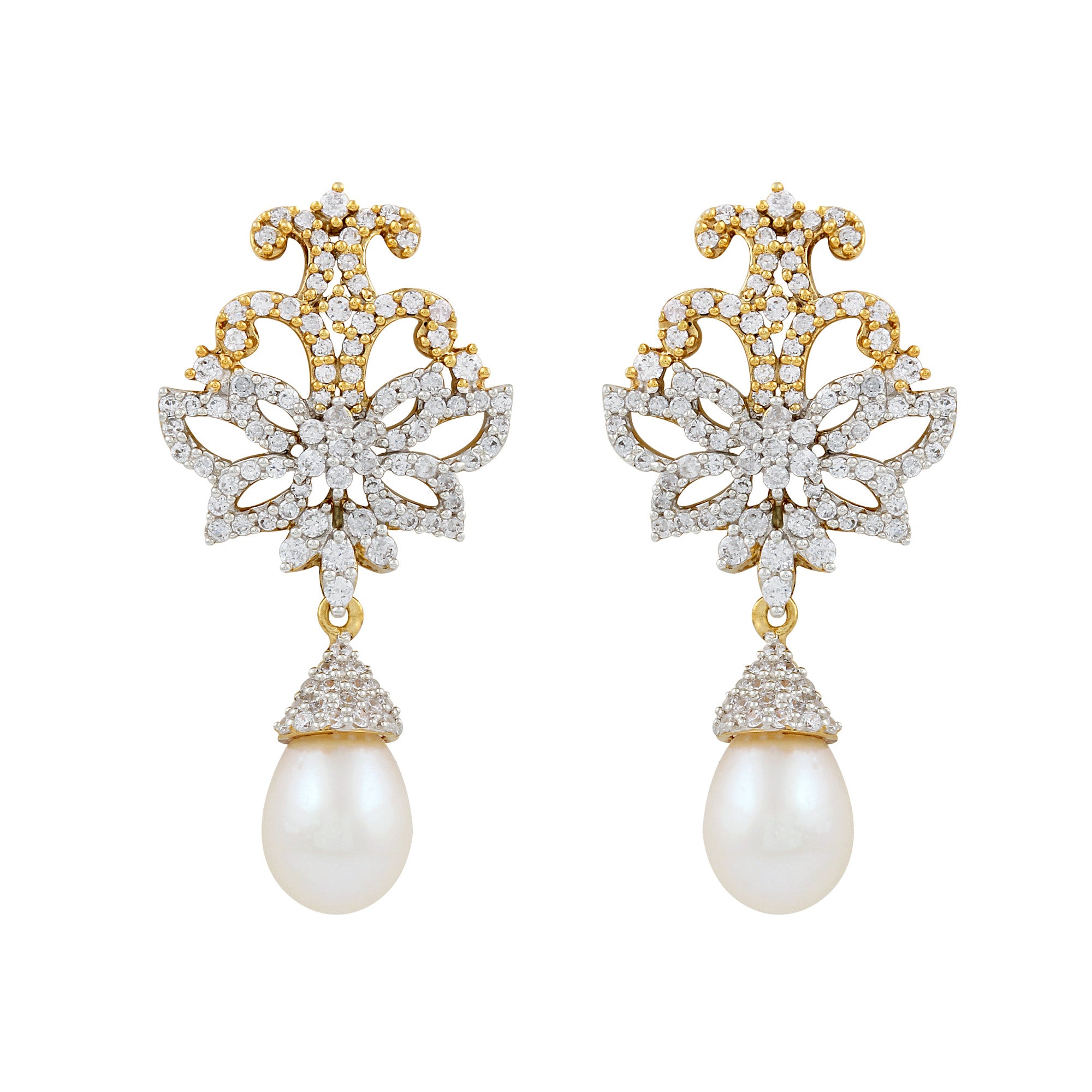Color
Diamond
|
 A chemically pure and structurally perfect diamond is perfectly transparent with no hue, or color. In reality almost no gem-sized natural diamonds are absolutely perfect. The color of a diamond may be affected by chemical impurities and/or structural defects. Depending on the hue and intensity of a diamond's coloration, a diamond's color can either detract from or enhance its value. For example, most white diamonds are discounted in price when more yellow hue is detectable, while intense pink or blue diamonds (such as the
|


